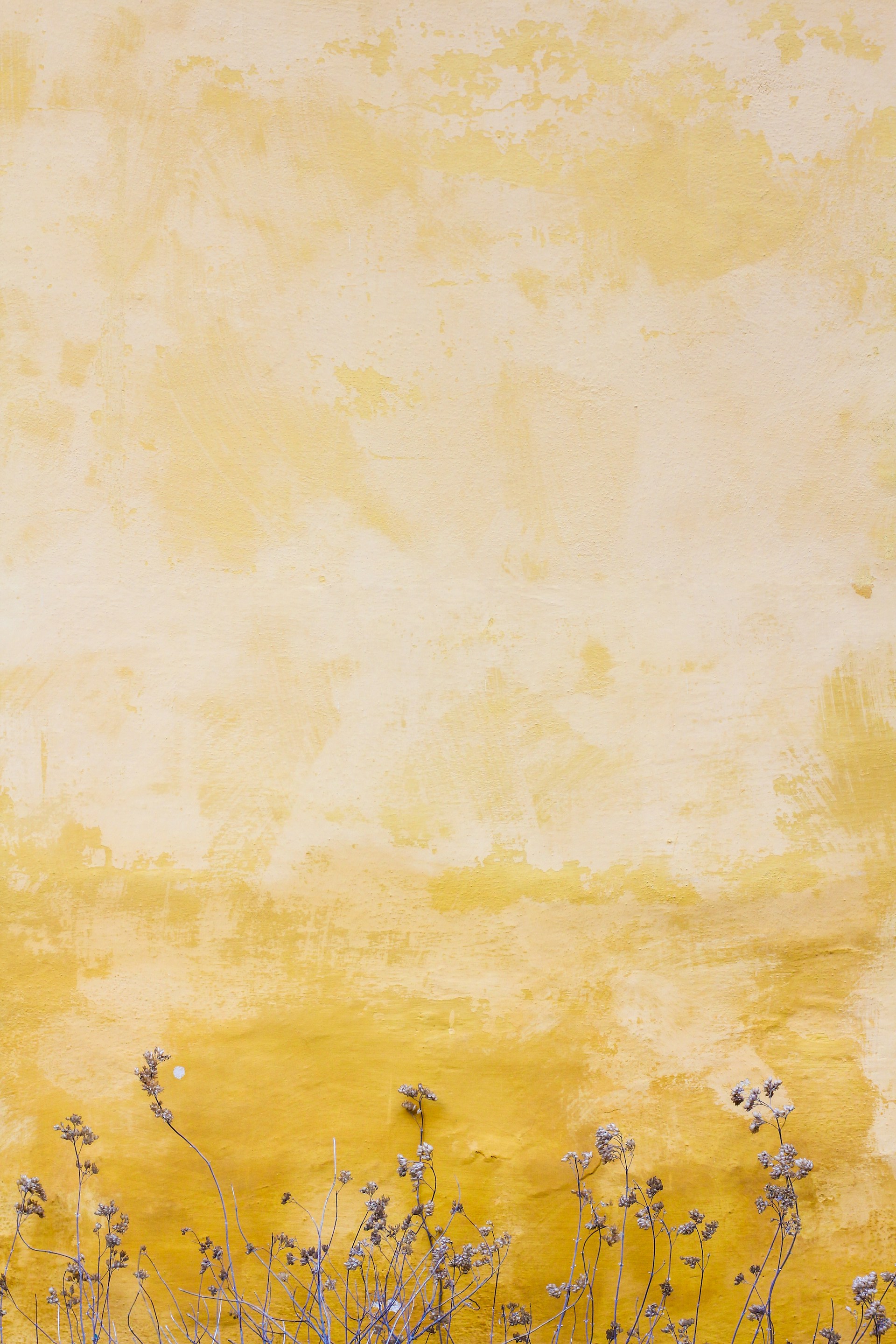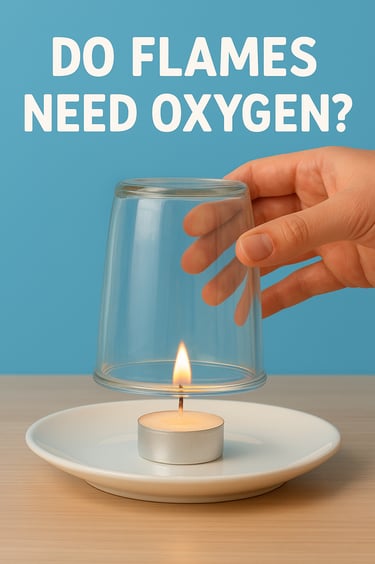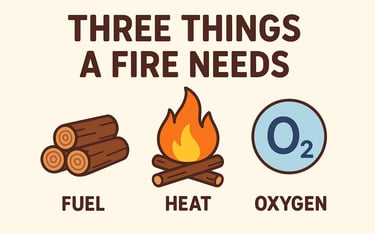IGNITE YOUR CURIOSITY

Experiment: “Do Flames Need Oxygen?”
A safe, simple demo for kids 🔥🌬️
9/24/20252 min read



Age: 6–12 (adult supervision required)
Time: 10–20 minutes
Concept: Burning (combustion) needs oxygen — remove oxygen and the flame goes out
Materials
Small candle (tea light or short votive)
Matches or a lighter (adult only)
A clear glass jar or transparent drinking glass (wide enough to fit over candle)
Plate or shallow tray (to put candle on)
Optional: baking soda + vinegar (for extension)
Water (optional, small amount for safety)
Fire extinguisher or a wet cloth nearby (safety!)
Step-by-step procedure
Place the candle on the plate/tray and light it (adult does this). Let it burn a moment so the flame is steady.
Show the children the clear glass jar — ask: “What will happen if I cover the candle with the jar?” (let them guess).
Slowly place the jar over the candle, covering it completely so the rim sits flat on the plate/tray.
Watch carefully and time how long the flame lasts after the jar is placed over it. (Usually the flame goes out within a few seconds to a minute.)
Lift the jar after the flame is out and show that the candle wick and a little smoke remain.
Observations (What students should notice)
The flame gets smaller and then goes out after you cover it.
You may see little black soot on the inside of the glass or fogging.
Air inside the jar looks the same, but the flame stops — why?
Simple Explanation (for kids)
Burning needs three things: fuel (the candle wax), heat (to start and keep burning), and oxygen from the air. When we cover the candle with the jar, the flame uses up the oxygen inside the jar. Once there’s not enough oxygen left, the flame can’t keep burning and it goes out.
Extensions & variations
Count the seconds: Have kids predict how many seconds until it goes out; then time it.
Compare jar sizes: Try a bigger jar and a smaller jar — which one lets the candle burn longer? (Bigger jar = more oxygen = longer burn time.)
Foggy glass test: After the candle goes out, tip the jar slightly and you may see a ring of soot or condensation — explain gases and temperature.
Vinegar + baking soda volcano (no flame): Produce CO₂ to show a gas can fill a jar — then place the jar over a candle (adult only) and watch how CO₂ (which doesn’t support burning) helps extinguish the flame faster. Note: This should be done carefully and with adult supervision; don’t trap kids or create lots of gas in an enclosed room.

